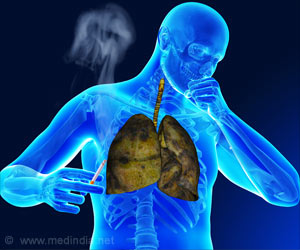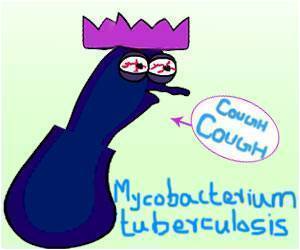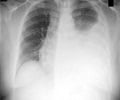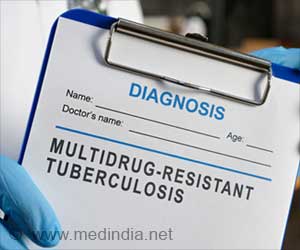Screening recommendation indicate that there is high certainty that the net benefit is moderate, or there is moderate certainty that the net benefit is moderate to substantial.
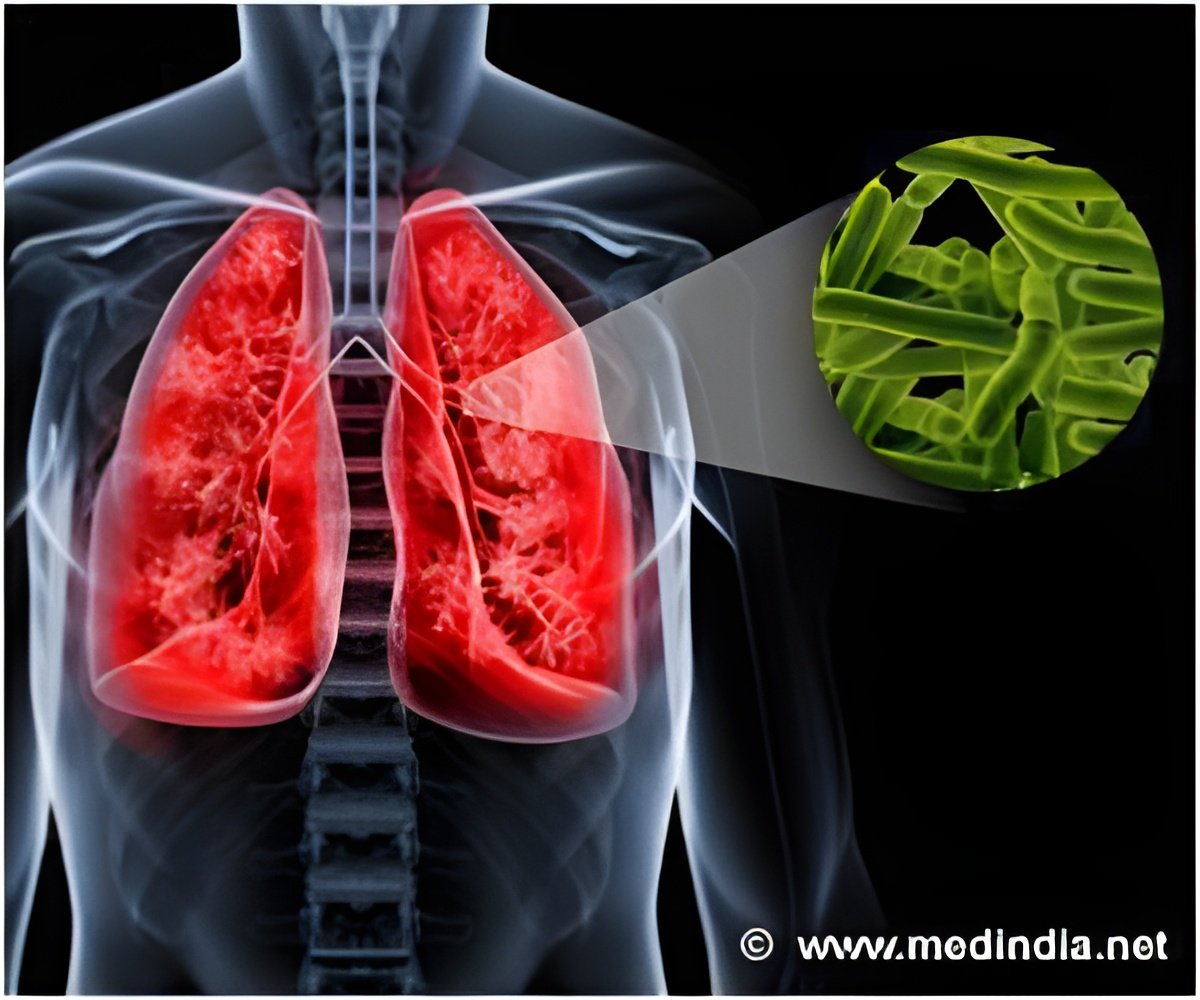
In the United States, tuberculosis remains an important preventable disease, including active tuberculosis infection, which may be infectious, and latent infection (LTBI), which is asymptomatic and not infectious but can later reactivate and progress to active disease.
The precise prevalence rate of LTBI in the United States is difficult to determine; however, based on 2011-2012 National Health and Nutrition Examination Survey data, estimated prevalence is 4.7 percent to 5.0 percent. An effective strategy for reducing the transmission, illness and death of active disease is the identification and treatment of LTBI to prevent progression to active disease.
To issue a current recommendation on screening for LTBI, the USPSTF reviewed the evidence on screening for LTBI in asymptomatic adults seen in primary care, including evidence dating from the inception of searched databases.
The USPSTF is an independent, volunteer panel of experts that makes recommendations about the effectiveness of specific preventive care services such as screenings, counseling services, and preventive medications.
Detection
Advertisement
Benefits of Early Detection and Treatment
Advertisement
Harms of Early Detection and Treatment
The USPSTF found no direct evidence on the harms of screening for LTBI. The USPSTF found adequate evidence that the magnitude of harms of treatment of LTBI with CDC-recommended regimens is small. The primary harm of treatment is hepatotoxicity.
Summary
The USPSTF found adequate evidence that accurate screening tests for LTBI are available, treatment of LTBI provides a moderate health benefit in preventing progression to active disease, and the harms of screening and treatment are small. The USPSTF has moderate certainty that screening for LTBI in persons at increased risk for infection provides a moderate net benefit.
The report in published in JAMA.
Source-Eurekalert

